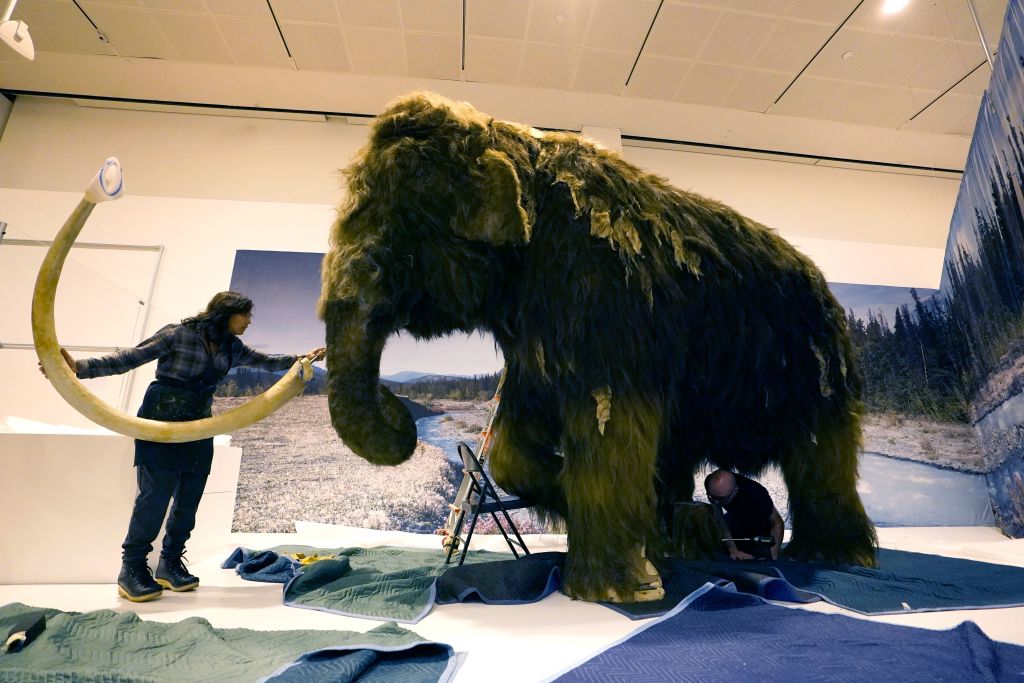
Recent research has uncovered an amazing discovery about woolly mammoths. It was found that their DNA was preserved in a unique, glass-like state called "chromoglass." This structural transformation, caused by rapid drying and freezing, allowed their genetic material to remain intact for over 52,000 years. Scientists adapted a method known as PaleoHi-C to study the 3D structure of the mammoth’s chromosomes, revealing key insights into its biology. For example, they identified genes active in mammoths but not in elephants, such as those responsible for their thick, shaggy coats. This breakthrough provides a deeper understanding of not just how extinct creatures looked but how they lived and functioned biologically.
Developing this method took time and faced challenges. Ancient DNA is often fragile and fragmented, requiring researchers to modify traditional techniques used on fresh samples. By examining freeze-dried mammoth skin and even testing modern dried samples like turkey bones, scientists proved the resilience of chromoglass DNA. Their work opens up exciting possibilities for exploring other well-preserved specimens. By unlocking these genetic mysteries, we can gain valuable insights into the evolution and adaptation of extinct species, shaping our understanding of life in the distant past.
Reference: https://www.sciencenews.org/article/drying-woolly-mammoth-dna-3d-glass
Reference 2: https://www.nhm.ac.uk/discover/news/2024/july/woolly-mammoth-genome-rebuilt-from-freeze-dried-skin.html
No comments:
Post a Comment